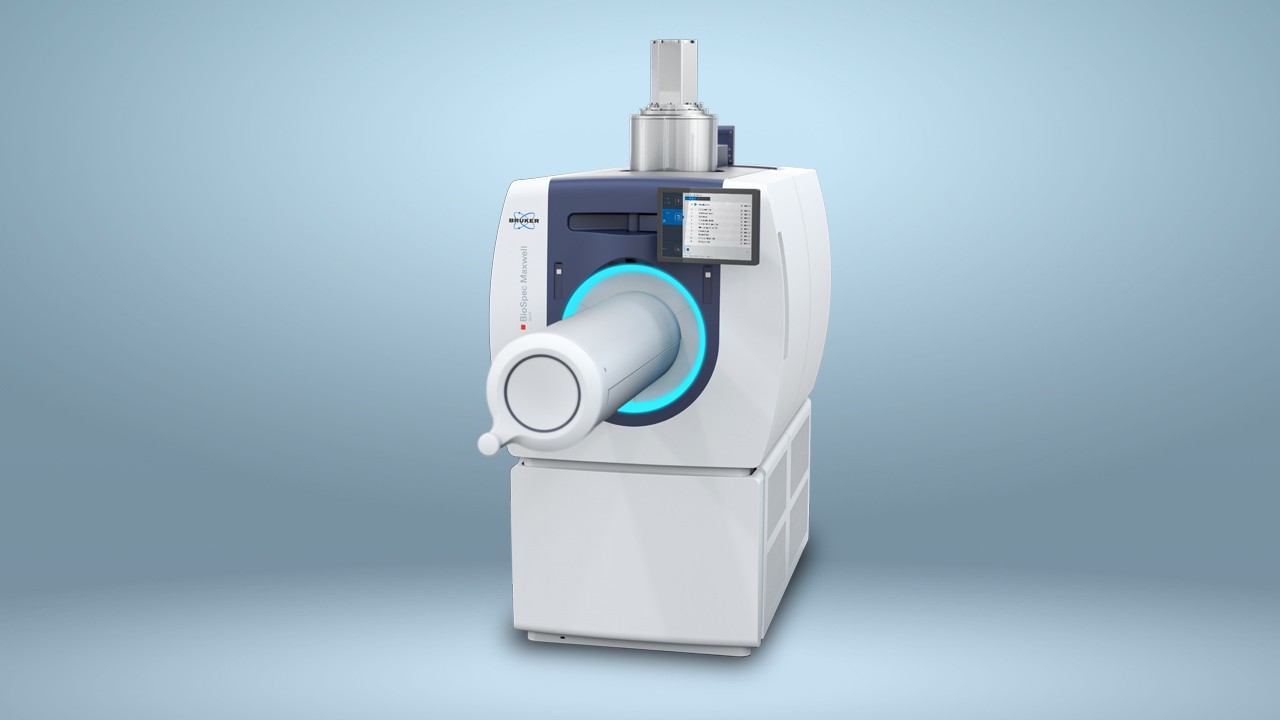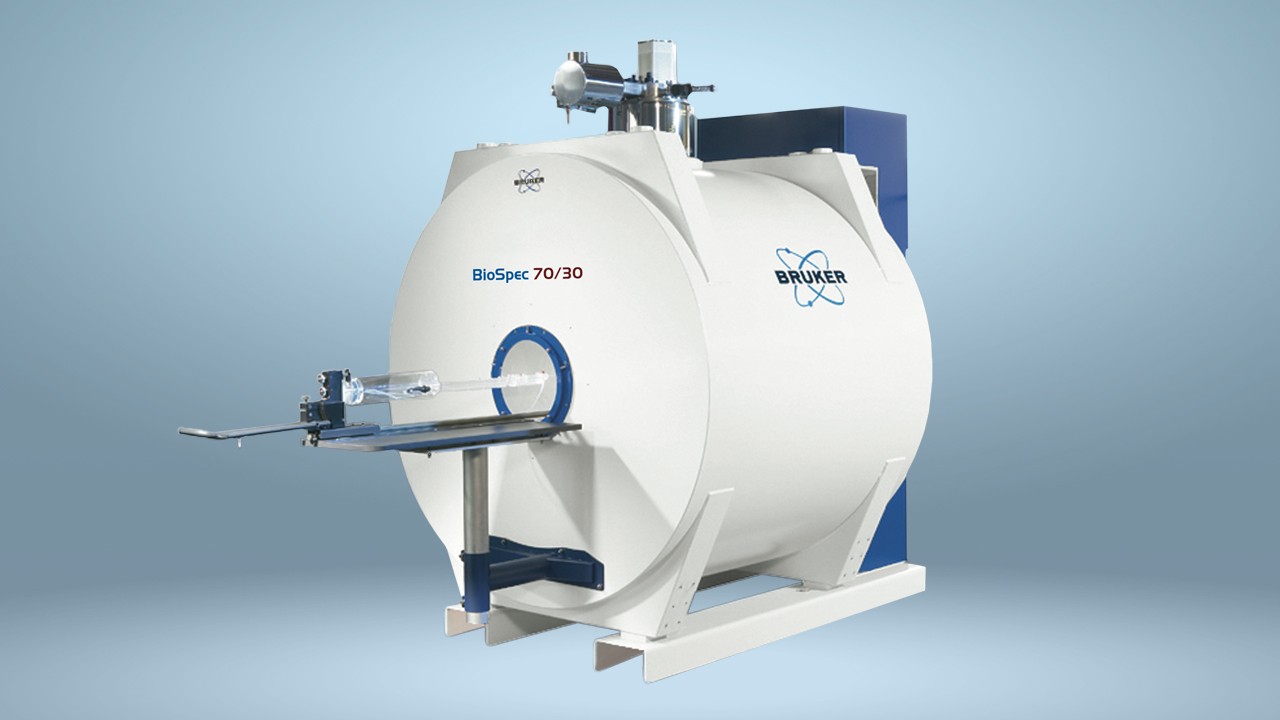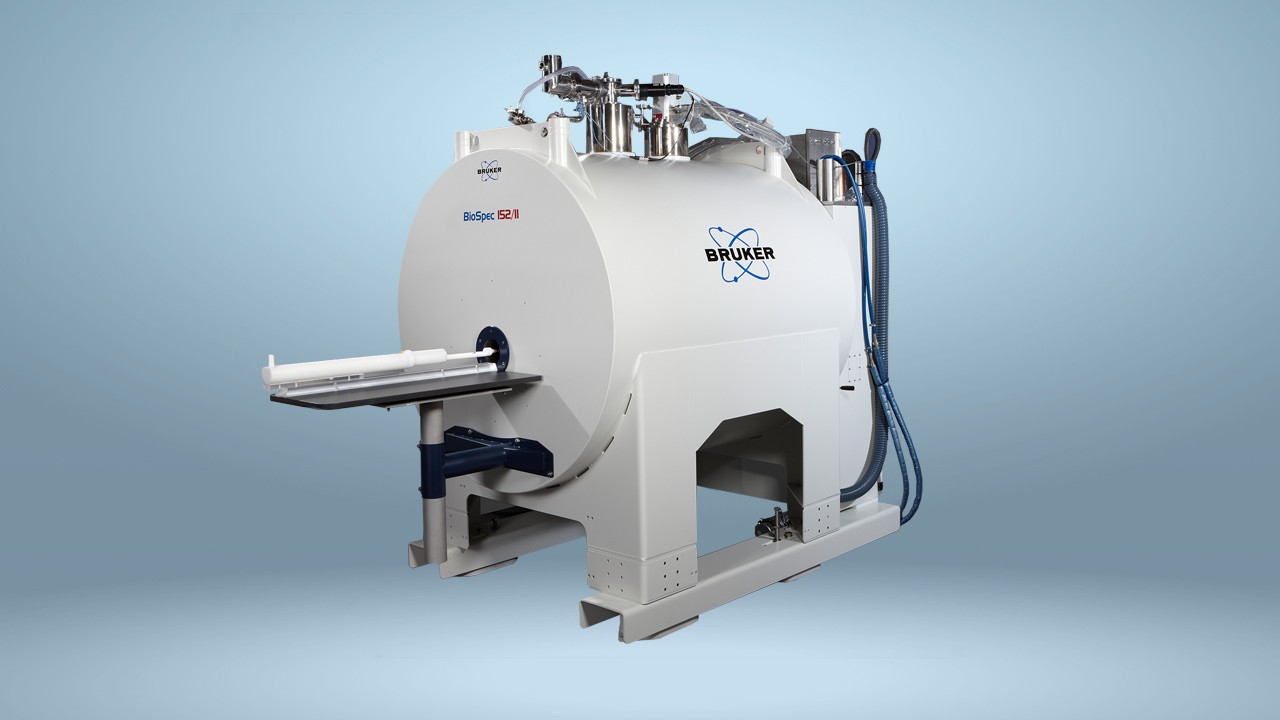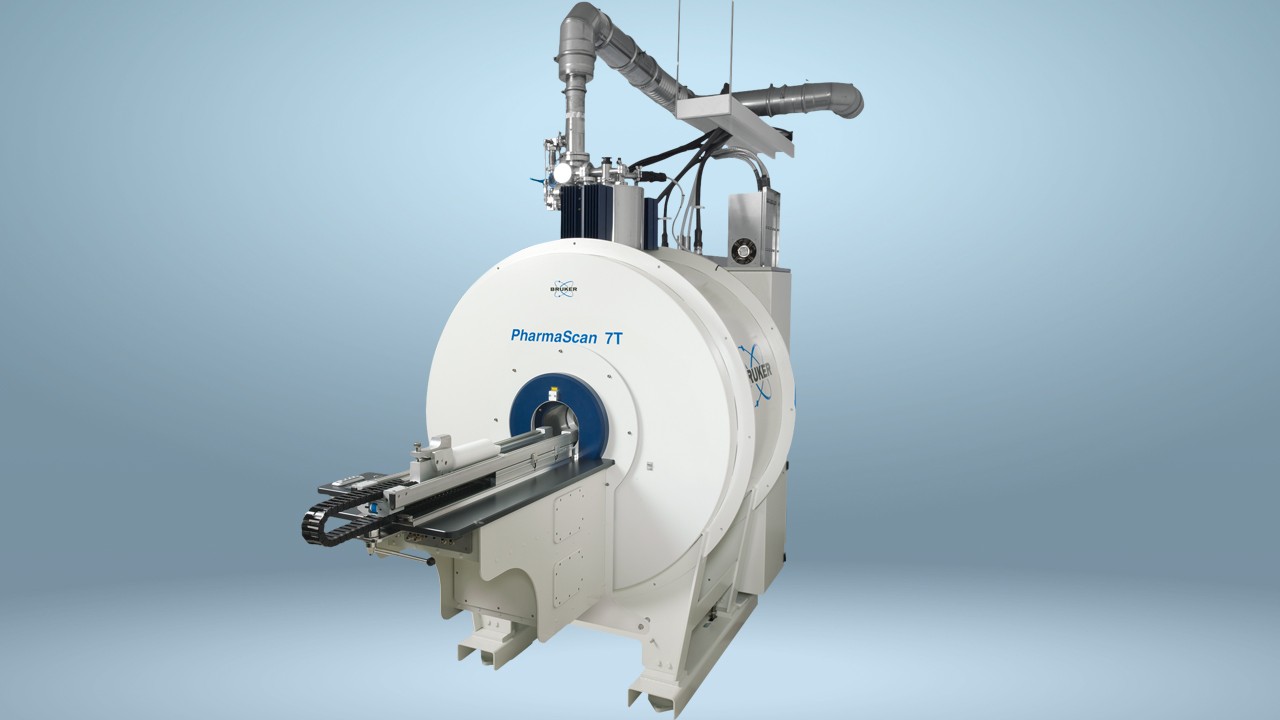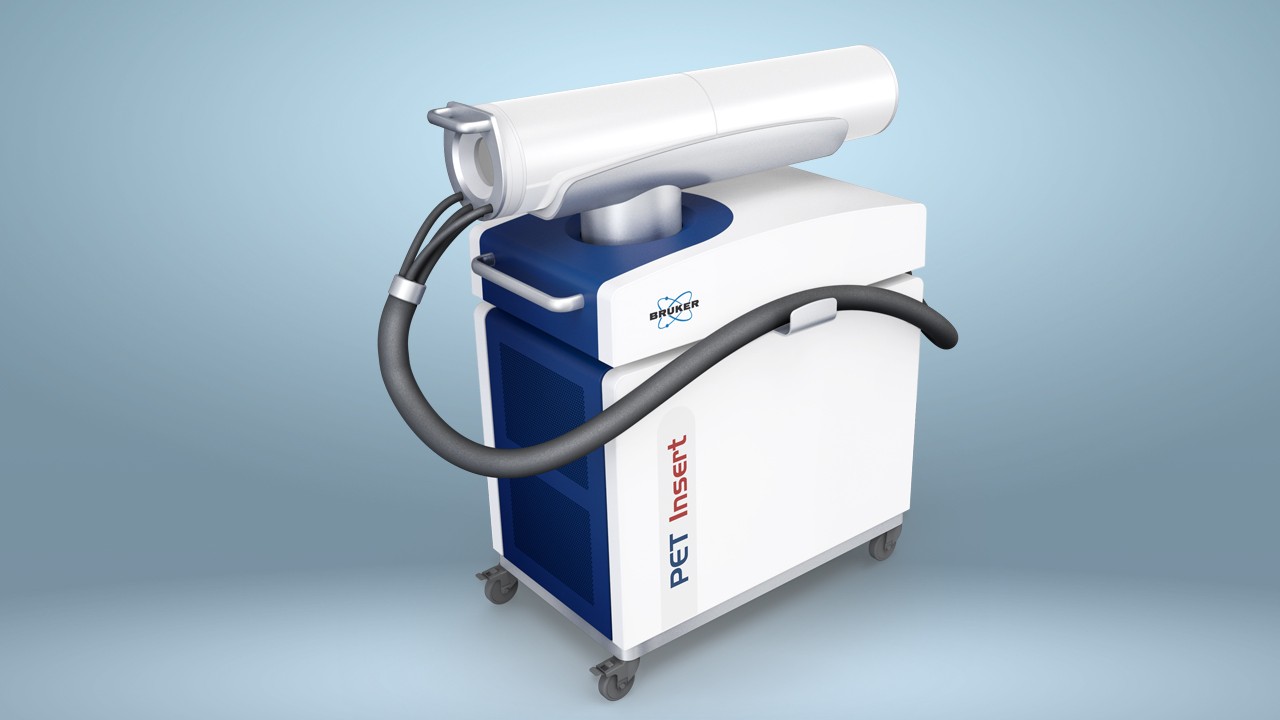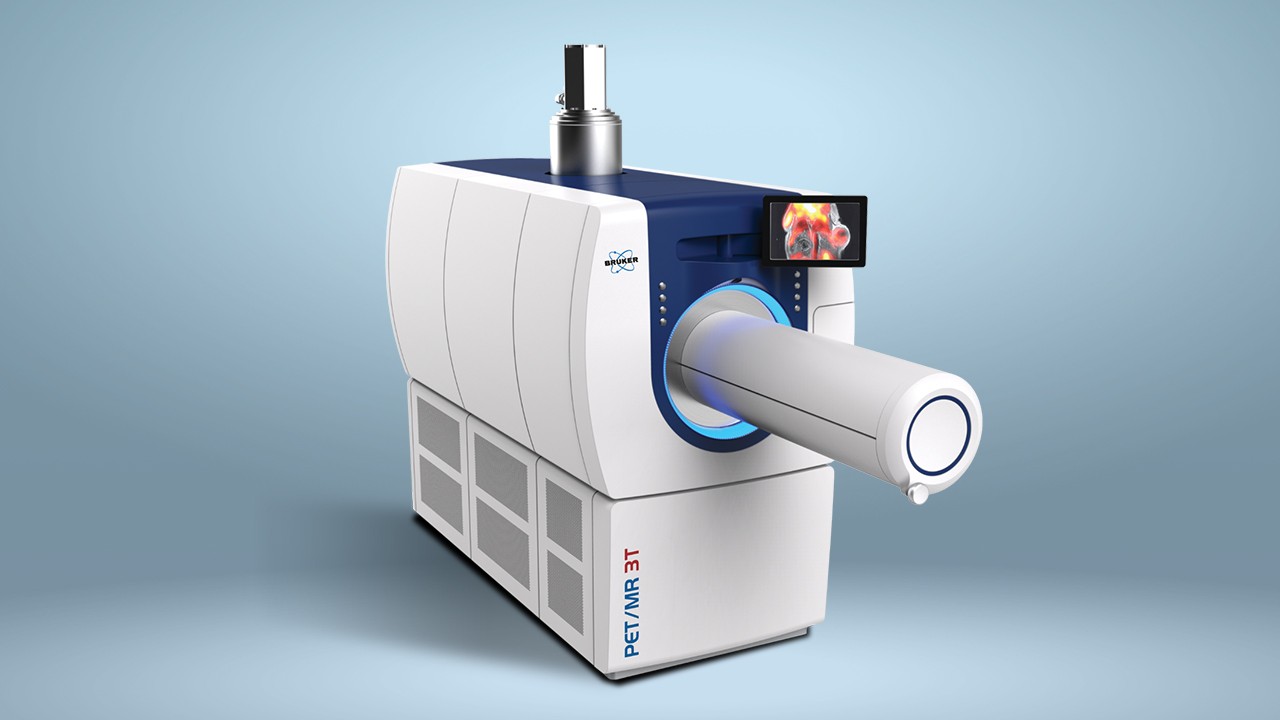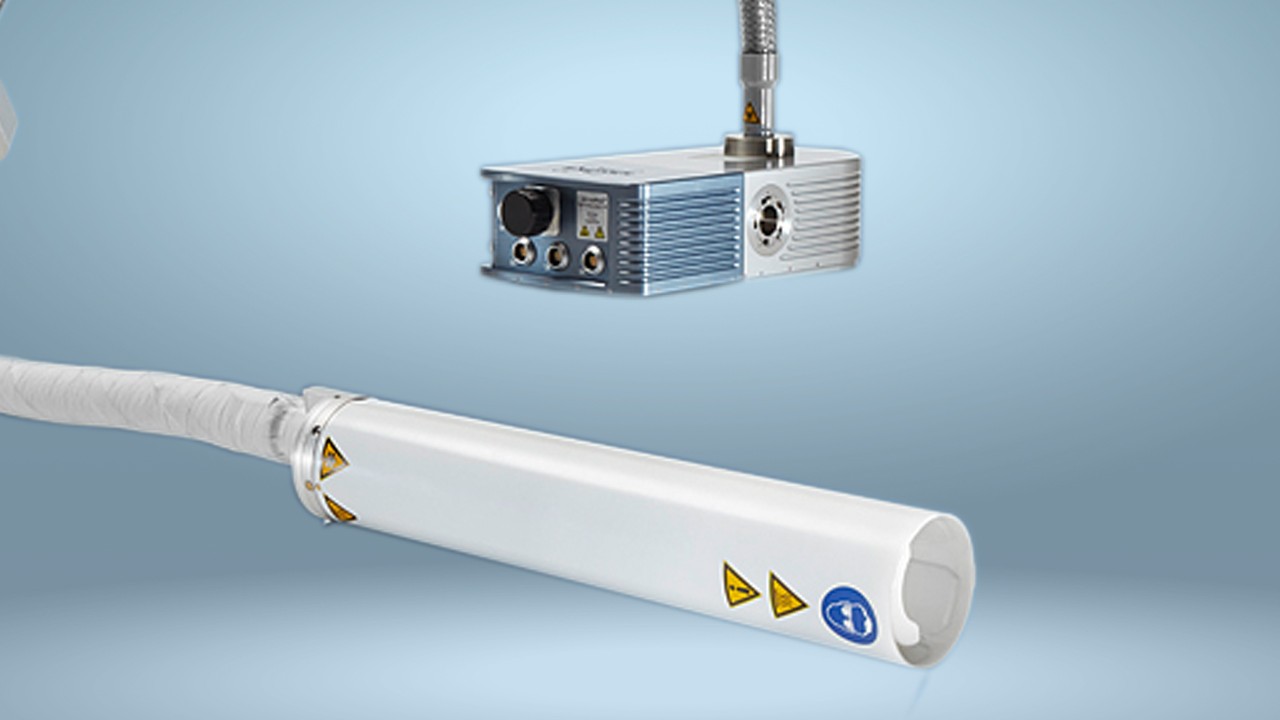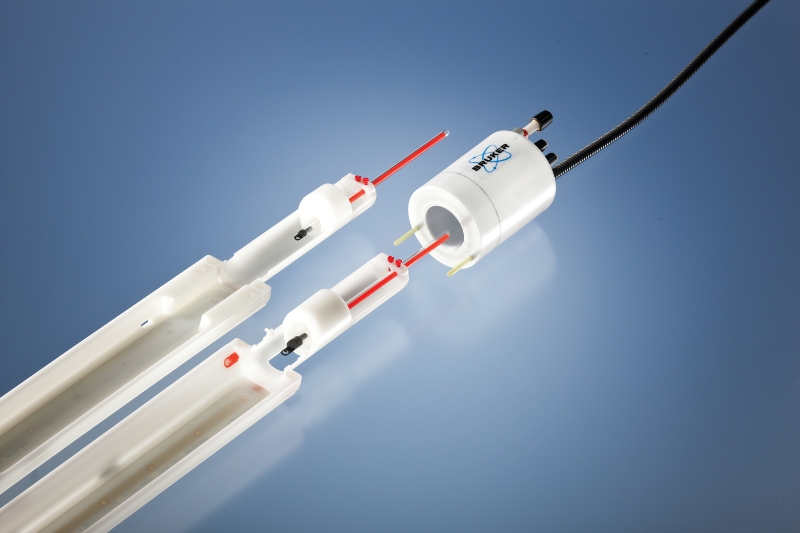

Metabolic Processes in Disease
Introduction
Metabolic research investigates regulatory pathways involved into the synthesis, recycling, and breakdown of biological molecules that are essential for proper tissue function and maintenance. Even small deviations in these pathways have been implicated in a variety of disease conditions including diabetes, cancer, inflammation, neurodegeneration, and cardiovascular disorders. In this regard, preclinical imaging may help to study normal physiology as well as abnormal metabolic control induced by disease or in the etiology of disease at a molecular level by providing methods to monitor metabolite trafficking inside a cell, systemic circulation, or between tissues and organs and to measure processes that relate to metabolism e.g. a receptor density, or enzyme activity dynamically in living organisms.
Imaging Cancer Metabolism
To grow and proliferate, tumor cells undergo metabolic reprogramming to meet their increased energetic and biosynthetic demand and to mitigate oxidative stress. Tumors can also affect and be affected by the nutrient distribution within the body. Thus, cancer metabolism constitutes a large area of application for many preclinical imaging techniques.
Tumor cells rely mainly on aerobic glycolysis for energy production, leading to an increased glucose consumption and lactate production. Therefore, imaging tools that allow to study aerobic glycolysis in tumors have been applied in preclinical models of cancer. [18F]FDG PET can measure glucose flux into the tumor. A myriad of Magnetic Resonance (MR) methods exist, including DMI with 2H-labeled glucose, 13C MRS with hyperpolarized 13C-pyruvate, as well as lactate and glucose CEST.
Metabolic reprogramming extends beyond glycolysis and affects carbohydrate, amino acid, and lipid metabolism, 18F- and 11C radiolabeling of additional metabolites such as acetate, choline, methionine, and glutamine allow to assess these pathways with PET imaging. For MR, the use of 13C MRS with hyperpolarized-13C-glutamine as well as glutamate CEST has been demonstrated. In 1H MRS, peaks of creatine and lactate are used to characterize energy metabolism in tumors.
The techniques are employed to study metabolic pathways in preclinical models of cancer and to evaluate therapies targeting cancer metabolism. The majority of these techniques is also used in clinical settings, thus increasing the translational value of the research.
Metabolic imaging of deuterated metabolites can be used as a tool for tumor viability monitoring. 2H-CSI time series was performed on mice after injection of deuterated 2H6,6’-glucose at 15.2 Tesla. 2H6,6’-glucose is metabolized in the tumor to 2H3,3’-lactate which is exclusively detected in the tumor peaking at 75-83 min after glucose injection.
Courtesy: S. Markovic, K. Sasson, D. Preise, T. Roussel, A. Scherz, L. Frydman. Weizmann Institute of Science, Israel.
Cardiac Metabolism Imaging
The heart normally derives most of its energy from the oxidation of fatty acids and thus preclinical cardiac imaging techniques have been developed to assess fatty acid metabolism during physiological and in disease conditions. For example, Single Photon Emission Computer Tomography (SPECT) imaging of cardiac fatty acid metabolism using unstable isotope labeling of fatty acid compounds (e.g. 123I-β-methyl-p-iodophenylpentadecanoic acid, 123I-iodophenylpentadecanoic acid) has been demonstrated. Similarly, PET tracers such as 11C-palmitate, 18F-fluorohexaconoic acid, and 18F-fluoroheptacanoic acid among others have been developed and synthesized. MRI and 1H (MRS) can be employed to assess the static pool of triglycerides and creatine content of the myocardium, two important markers to assess alterations in cardiac energy status in cardiac health and disease.
Besides fatty acid metabolism, there is also a great interest in myocardial glucose metabolism. In the ischemic myocardium, cardiomyocytes switch from fatty acid to glucose oxidation. Glucose oxidation is less oxygen consuming under hypoxic conditions and allows anaerobic glycolysis with the formation of lactate. [18F]FDG PET is used in determining cardiac glucose uptake and allows to distinguish ischemic from infarcted myocardial tissue. With 13C MRS using hyperpolarized 13C-pyruvate, increased anaerobic glycolysis can be visualized.
Mitochondria produce more than 95% of the adenosine triphosphate (ATP) in the myocardium. Derangements in mitochondrial high-energy phosphorous compounds have been implicated in a variety of cardiac diseases. This has spurred an interest in metabolic imaging tools to study cardiac mitochondrial function. The phosphocreatine to ATP ratio, which is used as an index of the energetic state of the heart, can be evaluated using 31P-MRS via absolute quantification of phosphorous high-energy compounds, or by determination of ATP fluxes via saturation/magnetization transfer measurements. The tricarboxylic acid cycle (TCA) cycle of the mitochondria can be studied with PET tracers such as 11C-actetate, while tracers such as 18F-labeled phosphonium salts may also be used in cardiac mitochondrial imaging.
Visualization of therapeutic mitochondrial tissue infiltration in rabbit cardiac ischemia. Left to right: MRI, PET, PET/MR coregistration.
Courtesy: D. Cowan, E. Snay, and J. Thedsanamoorthy, Boston Children’s Hospital and Harvard Medical School, Boston MA, USA
Reference: Cowan DB, Yao R, Akurathi V, et al. (2016) Intracoronary Delivery of Mitochondria to the Ischemic Heart for Cardioprotection. PLOS ONE 11(8): e0160889. https://doi.org/10.1371/journal.pone.0160889
Metabolic Imaging of Infection and Inflammation
After tissue injury or infection, a complex immune reaction is initiated to restore tissue homeostasis and function. The immune processes are associated with dramatic shifts in tissue metabolism and result, at least in part, from the mobilization of inflammatory cell types, particularly myeloid cells such as neutrophils and monocytes. The activation and proliferation of immune cells leads to an increased glucose and oxygen consumption and the generation of large quantities of reactive nitrogen and oxygen intermediates within the tissue. Metabolic pathways are redirected to generate the necessary energy and substrates for these processes, while immune cells undergo metabolic reprogramming during inflammation.
Metabolic imaging techniques can be employed to assess tissue infection and inflammation. A widely used approach is to assess the increased glucose metabolism of the tissue with [18F]FDG PET or Deuterium (2H) metabolic spectroscopy using 2H-labeled glucose. Other approaches include the use of 13C MRS hyperpolarization with 13C-pyruvate to visualize increased anaerobic glycolysis of mononuclear phagocytes. Bacteria-specific investigation of carbohydrate metabolism can be achieved with fluorodeoxysorbitol, maltose or maltohexaose, radiolabeled for PET imaging. In addition, the siderophores that bacteria and fungi use to scavenge extracellular iron for their metabolism can be radiolabeled and used as PET tracers. These metabolic imaging tools can be used to study infection and inflammation from the onset of the inflammatory response.
Coxsackievirus B3 induced myocarditis diagnosis via imaging of immune cells which were labeled with 19F for high specificity.
Courtesy: U. Floegel, University of Düsseldorf, Germany
Reference: Jacoby et al. MAGMA. 2014 Feb;27(1):101-6
Webinars
Brain Metabolism Imaging
The central nervous system is the most metabolically active organ in the body. Energy is primarily used in synaptic activity with a large proportion spent in restoration of neuronal membrane potentials following depolarization. Other specific functions such as vesicle recycling, neurotransmitter synthesis, and axoplasmic transport also contribute to the high energy demand of the brain. Moreover, energy consumption is highly dynamic across the brain. Due to a lack of sustainable energy storage, energy substrates (mainly glucose) and oxygen are transported via the blood circulation to meet the metabolic demand of the tissue during increased regional neuronal activity. Therefore, normal brain function and tissue homeostasis critically depends on the tight regulation of brain metabolism, and aberrations in metabolic regulation or the supply of metabolic substrates are associated with neurological disorders.
Imaging techniques like PET and MR provide a wealth of non-invasive tools to study brain metabolism in a temporally and spatially resolved manner. MRS and the related technique of MRSI are used to investigate metabolic pathways in vivo. X- nuclei MRS and MRSI, particularly in combination with isotopically labeled and/or hyperpolarized molecules allow to quantitively measure specific metabolites and metabolic fluxes involved in neuroenergetics and neurotransmission. For example, 31P-MRS allows assessment of rates of ATP synthesis inside mitochondria, while 13C-MRS can be used to examine glutamatergic neurotransmission and cell-specific energetics. Proton (1H) MRS and MRSI, including advanced techniques such as specific spectral editing, enables quantification of regional biochemistry. The detected metabolites are important neuronal and glial markers of energy and lipid metabolism, neurotransmission and -modulation, cell proliferation, and myelination, and provide biomarkers of disease. In addition, in CEST MRI, endogenous substances that have exchangeable protons can be exploited as reporters of ongoing metabolic processes. These include small molecules such as creatine, amino acids such as glutamate and arginine, peptides, as well as small proteins involved in many metabolic pathways.
PET with 2-[18F]fluoro-2-deoxy-D-glucose ([18F]FDG) is a widely used imaging technique to quantitatively assess regional cerebral glucose consumption in the brain. [18F]FDG accumulates in brain tissue according to facilitated transport and hexokinase-mediated phosphorylation. Given the tight link between glucose metabolism and neuronal function, [18F]FDG provides a topographical marker for neural injury or synaptic dysfunction and can sensitively detect altered neuronal activity due to neurodegenerative diseases. Furthermore, hypermetabolism of [18F]FDG may be a sign of inflammation. In addition, also the expression of glucose transporters can be assessed with PET.
MEGA-PRESS BioSpec, 70/20, phased array coil, mouse
Significant decrease of glutamate in mouse hippocampus of mice that ran 9 to 10 km per night on a running wheel for 6 to 8 weeks. Courtesy: W. Weber-Fahr, G. Ende et al., Central Institute of Mental Health, Mannheim, Germany











